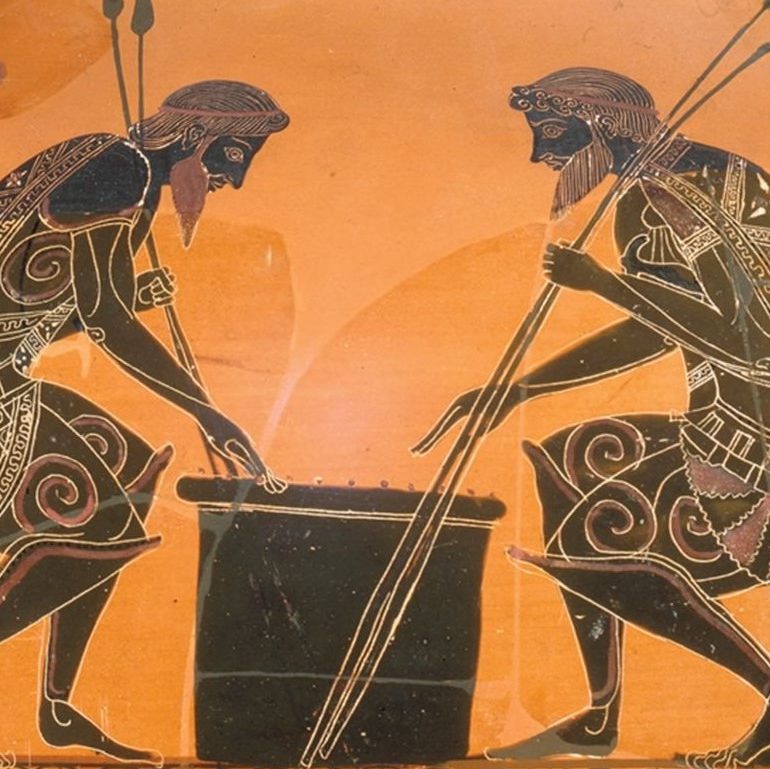Dale Miles was the first person we got to know on the San Carlos Apache Reservation. We had read one of his editorials, about anti-Apache prejudice, in the off-reservation, Apache Moccasin newspaper, and sought him out. It is not entirely clear how many non-Natives read the Apache Moccasin, even though it is non-Native published, and from the oft-repeated Apache perspective, prejudice against them from the surrounding population is rampant. Most people from Globe, the small city of near 13,000 only 6 miles from the reservation – we are often told – have never set foot on it. Still, Dale persists. It would be against his nature not to. A teacher and a natural scholar by temperament, he works for the San Carlos Department of Education. He sends his own children to Globe schools, even though the San Carlos High School is large, mostly new, well-equipped and funded, and in the opinion of its principal, David Pastor, has better programs than the Globe High School. Why? Because, says Dale, they need to be able to navigate the wider culture, to be familiar with its ways and its prejudices.
Dale himself grew up off the reservation, in Phoenix, as did all of his family, though many of them “returned” to the reservation to live. “I feel comfortable here,” he says. “It’s home.” The matter of growing up or living on or off the reservation is a controversial one in Native culture, including the Apache. Though Dale has been living on San Carlos for twenty years, and is a San Carlos historian, “There are people who still don’t consider me one of them.” Dale’s brother Douglas is a prominent San Carlos artist. His brother David is a Pentecostal minister at the American Indian Church. Their sister Arleen, with her husband David and daughter Jo, just opened a café on San Carlos Avenue, down the street from the tribal government offices and the Agency offices (the Bureau of Indian Affairs).
living on San Carlos for twenty years, and is a San Carlos historian, “There are people who still don’t consider me one of them.” Dale’s brother Douglas is a prominent San Carlos artist. His brother David is a Pentecostal minister at the American Indian Church. Their sister Arleen, with her husband David and daughter Jo, just opened a café on San Carlos Avenue, down the street from the tribal government offices and the Agency offices (the Bureau of Indian Affairs).
Dale has completed a book, titled Savages and Saints, on the portrayal of Native Americans in the Hollywood film. Though the former has, obviously, historically predominated in Hollywood portrayals, Dale says films have tended to swing between the two poles. We discuss this one day at his place, a “teachers apartment” for which Dale and his wife, an elementary school teacher, qualify. We are watching John Ford’s Three Godfathers.
“We loved Westerns when we were growing up. Many Apache kids did. Our mother and father, too.”
Dale’s father was a paratrooper during the Second World War. He fought in Italy and France. He came home to the bitterness felt by many Native vets that they were still not legally entitled to vote. He had his struggles with alcohol.
“But he was a man of great dignity,” Dale says. “He held his head high despite it all and considered himself inferior to no man. He told me that in combat everybody quivered with the same fear, everyone died the same way.”
Among the divisions that challenge Apache life is that between traditionalists, or “trads,” as the young call them, who advocate a reconnection to Apache cultural and spiritual traditions, including a reverence for the environment, and what might be called political realists, such as Dale, who think all that well and good, but who argue that in a community with 79% unemployment, low educational advancement, and where large numbers occupy a single home due to a housing shortage, education, jobs and houses are a greater priority. Dale joins this same practical impulse to his capacity for scholarly empathy.
“I don’t think Ford was racist,” he says. “He had generic conventions to fulfill. There had to be good guys and bad guys, and for a white audience the Apache was going to be the bad guy. But for the most part, within that convention, Ford portrayed the Apache as formidable and estimable. And even before he was said to have made up for his earlier portrayals of Natives, in Cheyenne Autumn, Ethan Edwards, in The Searchers, offers Ford’s perspective on racial hatred.”
Savages and Saints is currently under review by the University of New Mexico Press.
AJA
